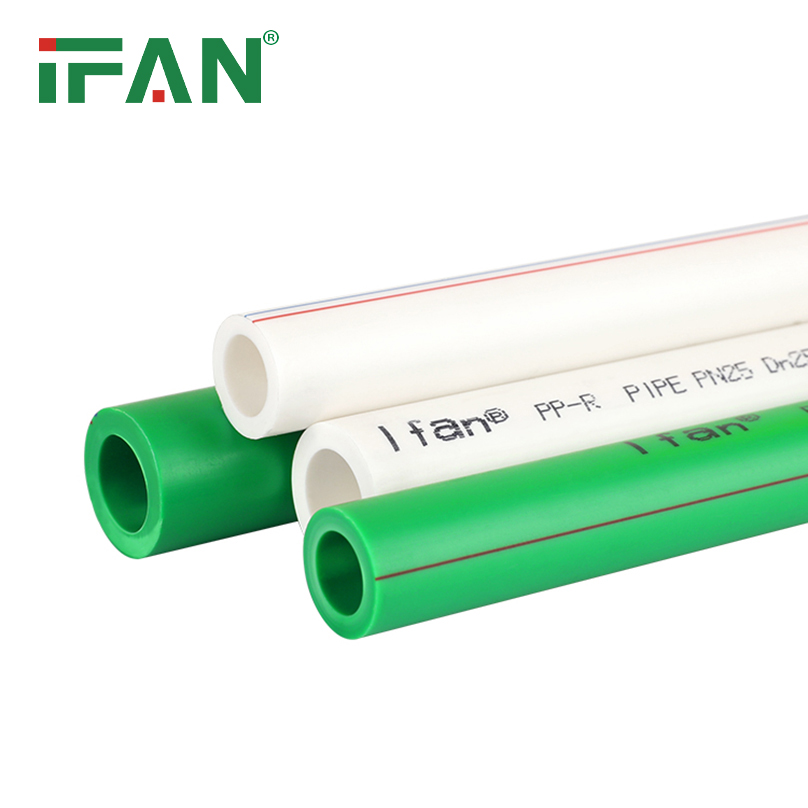As the use of PPR pipes continues to grow, it is essential to ensure that their quality is maintained at all times. Testing PPR pipes is an integral part of the quality control process. In this blog post, we explore the reasons why testing PPR pipes is so important and what it involves.
Why test PPR pipes?
PPR pipes are used for various applications, from domestic plumbing to industrial processes. Regardless of their intended application, quality testingshould be carried out on each batch of PPR pipes to ensure that they meet specific standards and requirements. Testing PPR pipes helps to identify any defects or weaknesses, which may compromise their effectiveness, durability, and safety.
Testing PPR pipes can help identify defects such as cracks, warping, and shrinkage. These defects may lead to leakages or complete pipe failure, which may result in costly repairs or even serious accidents.
What does testing PPR pipes involve?
1.Hydrostatic Pressure Test
The hydrostatic pressure test is used to determine the strength and durability of the PPR pipes. During this test, the pipe is filled with water and subjected to a specified pressure for a certain amount of time. Any leaks or bursts during the test indicate defects in the pipe.
2.Resistance to Internal Pressure Test
This test is used to determine the resistance of the PPR pipes to internal pressure. The test involves subjecting the pipe to a specified pressure for a certain amount of time and checking for any leaks or bursts.
3.Resistance to External Pressure Test
This test is used to determine the resistance of the PPR pipes to external pressure. The pipe is subjected to a specified pressure from an external source, such as soil or stones, for a certain amount of time. Any leaks or deformation during the test indicate defects in the pipe.
4.Heat Resistance Test
The heat resistance test is used to determine the ability of the PPR pipes to resist heat. The pipe is subjected to a specified temperature for a certain amount of time, and its performance is checked for any deformation or brittleness.
5.Chemical Resistance Test
The chemical resistance test is used to determine the ability of the PPR pipes to resist chemical attacks. The pipe is exposed to various chemicals, and the effect on its performance is observed.
Conclusion
Testing PPR pipes is a crucial part of the quality control process. It helps to ensure that the pipes are strong, durable, and safe, thus preventing costly repairs and accidents. Companies should ensure that they carry out quality tests on each batch of PPR pipes before releasing them into the market. By doing so, they can maintain their reputation as a quality PPR pipe manufacturer.
View more:https://www.ifanfittings.com/


